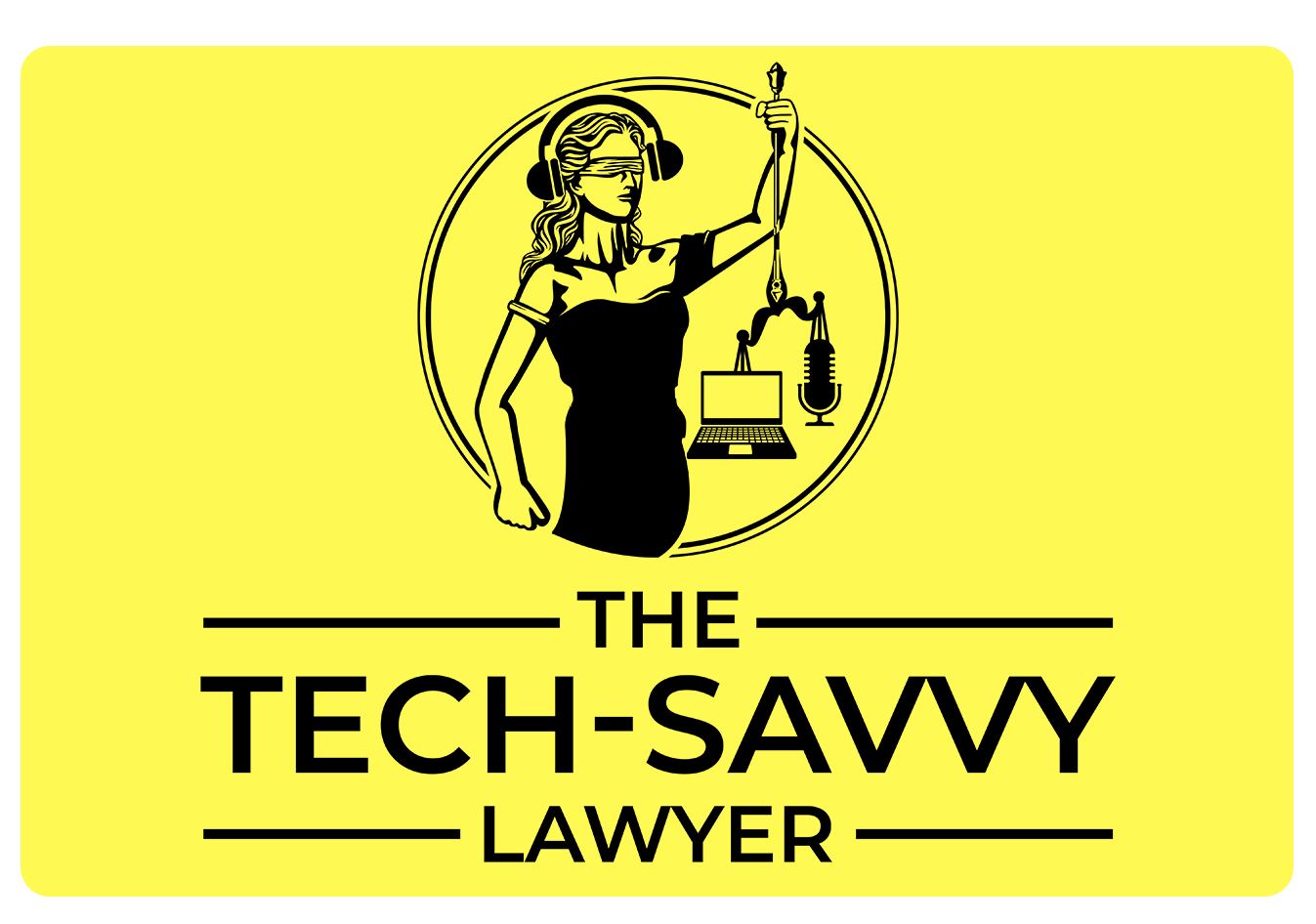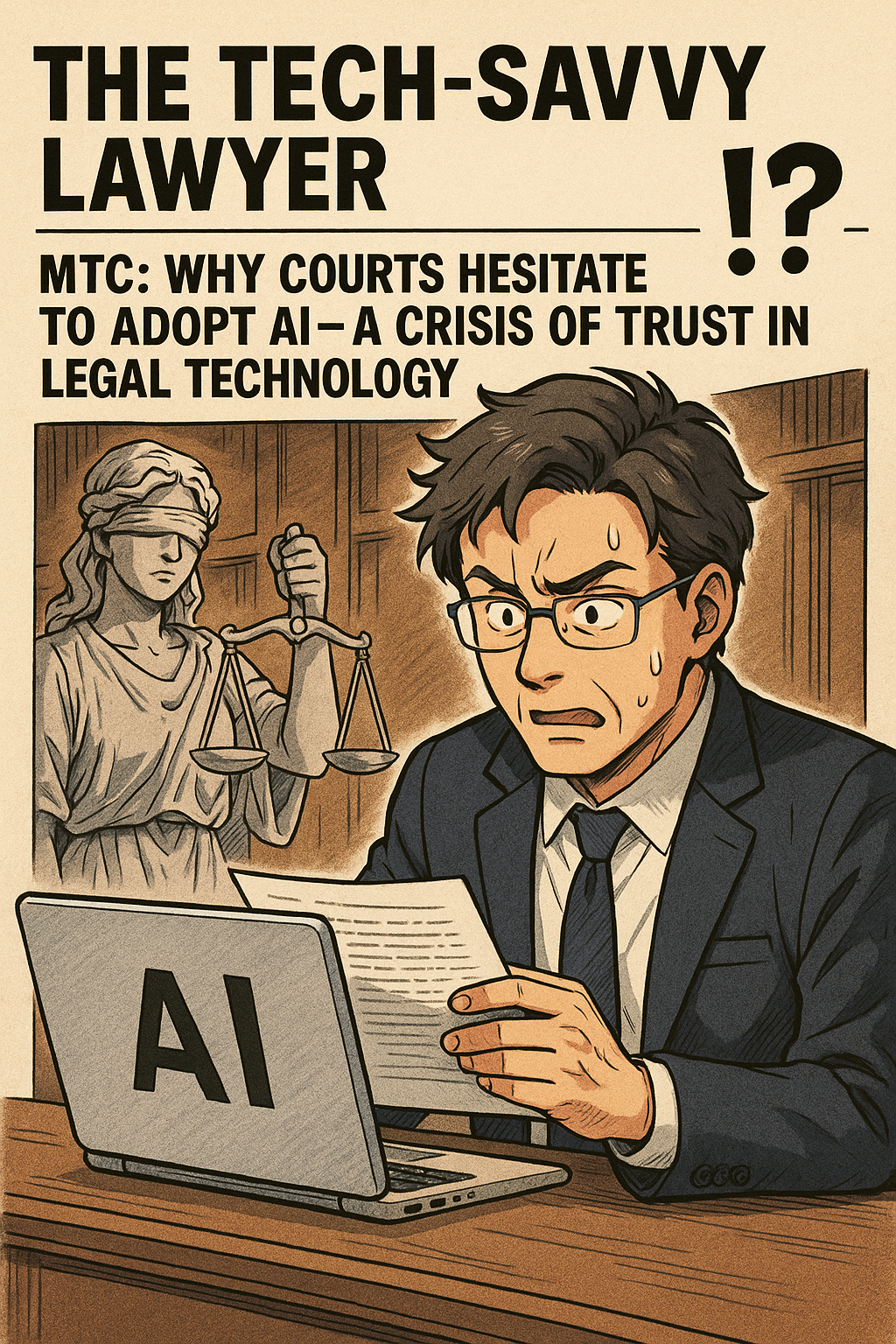MTC: The End of Dial-Up Internet: A Digital Divide Crisis for Legal Practice 📡⚖️
/Dial-up shutdown deepens rural legal digital divide.
The legal profession faces an unprecedented access to justice challenge as AOL officially terminated its dial-up internet service on September 30, 2025, after 34 years of operation. This closure affects approximately 163,401 American households that depended solely on dial-up connections as of 2023, creating barriers to legal services in an increasingly digital world. While other dial-up providers like NetZero, Juno, and DSLExtreme continue operating, they may not cover all geographic areas previously served by AOL and offer limited long-term viability.
While many view dial-up as obsolete, its elimination exposes critical technology gaps that disproportionately impact vulnerable populations requiring legal assistance. Rural residents, low-income individuals, and elderly clients who relied on this affordable connectivity option now face digital exclusion from essential legal services and court systems. The remaining dial-up options provide minimal relief as these smaller providers lack AOL's extensive infrastructure coverage.
Split Courtroom!
Legal professionals must recognize that technology barriers create access to justice issues. When clients cannot afford high-speed internet or live in areas without broadband infrastructure, they lose the ability to participate in virtual court proceedings, access online legal resources, or communicate effectively with their attorneys. This digital divide effectively creates a two-tiered justice system where technological capacity determines legal access.
The legal community faces an implicit ethical duty to address these technology barriers. While no specific ABA Model Rule mandates accommodating clients' internet limitations, the professional responsibility to ensure access to justice flows from fundamental ethical obligations.
This implicit duty derives from several ABA Model Rules that create relevant obligations. Rule 1.1 (Competence) requires attorneys to understand "the benefits and risks associated with relevant technology," including how technology barriers affect client representation. Rule 1.4 (Communication) mandates effective client communication, which encompasses understanding technology limitations that prevent meaningful attorney-client interaction. Rule 1.6 (Confidentiality) requires reasonable efforts to protect client information, necessitating awareness of technology security implications. Additionally, 41 jurisdictions have adopted technology competence requirements that obligate lawyers to stay current with technological developments affecting legal practice.
Lawyers are a leader when it comes to calls for action to help narrow the access to justice devide!
The legal community must advocate for affordable internet solutions and develop technology-inclusive practices to fulfill these professional responsibilities and ensure equal access to justice for all clients.
MTC

















